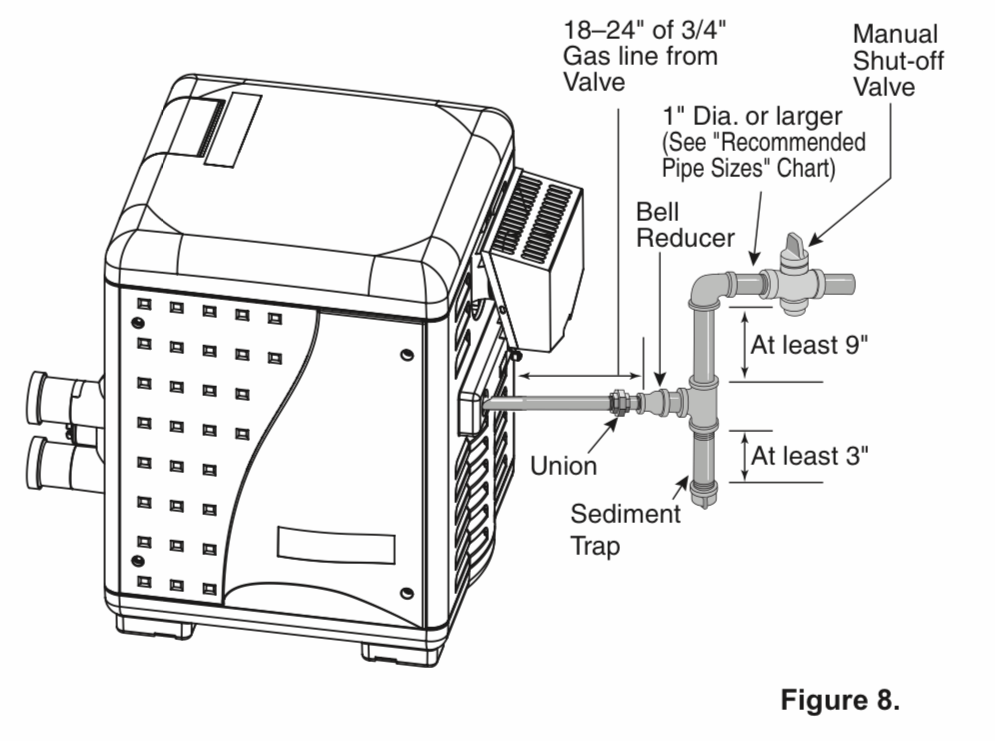Show the bypass valve.
Check the Flame Current.
The red LED looks like it might be on solid, which is a Control Fault.
Can you confirm?
View attachment 629920
Testing the Flame Sense Circuit.
The Fenwal has two test points for flame current FC+ and FC-. Flame current is the current that passes through the flame from sensor to ground.
The best way to measure the flame sense current is with a true RMS meter. Measure the current with a good true rms meter that can measure dc current in the microamp range.
To measure flame current, connect a True RMS or analog DC micro-ammeter to the FC+ and FC- terminals. Readings should be 1.0 µA DC or higher. If the meter reads negative or below "0" on scale, meter leads are reversed. Reconnect leads with proper polarity.
If you don't have a RMS meter you can just test for voltage between FC+ and FC- terminals to confirm if you have flame sense. Each micro-amp of flame current produces 1.0 VDC. For example, 2.6 VDC equates to 2.6 µA. Voltage is an indirect indication but easier to do with typical DIY equipment. But it's still very difficult to measure unless you make up some pin wires to clip your voltmeter to. Or you can order some insulated micro clips for the test.
The reading should be 3-8 volts and this corresponds to the millionth's of an amp signal your flame sense signal should reading. If you try to check this be very careful since you can easily short the 24 vac circuit which can blow the transformer before the 2 amp fuse blows.
When not operating, the flame current should read 0 volts dc and 0 microamps dc. DC amps and voltage should be zero when there is no flame.
View attachment 629918








